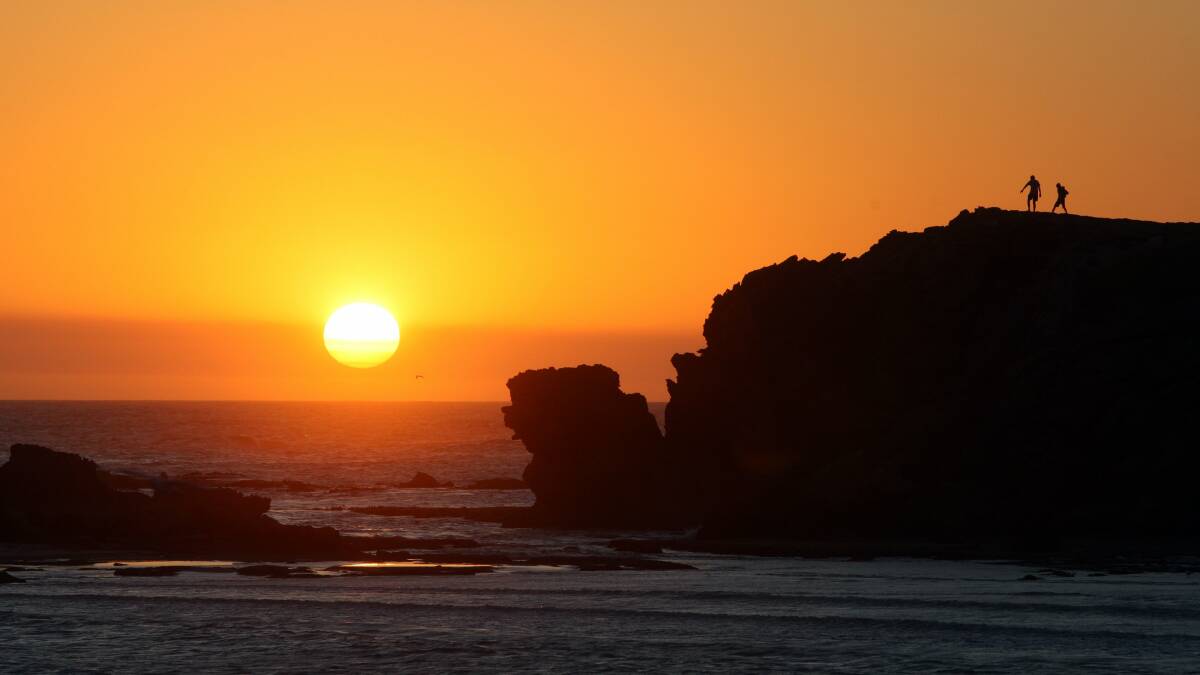
South-west Victoria is facing its first El Nino in eight years and a hot, dry summer forecast will have rippling effects for agriculture, native ecosystems and the broader community with fire danger likely to be the highest since St Patrick's Day 2018.
Subscribe now for unlimited access.
or signup to continue reading
But on top of the natural wet/dry cycles of El Nino and La Nina is the less natural process of global warming which - if our mild winter and the scorching Northern Hemisphere summer is any guide - could supercharge the summer weather ahead.
'The little boy'
El Nino - "the little boy" in Spanish - is the name given to a weather cycle in the Pacific Ocean where a band of warm water forms near the equator in the central and eastern Pacific.
The warm water brings low air pressure to the coast of South America and high air pressure to Australia's east coast, blocking the trade winds that ordinarily carry the atmospheric moisture and rainfall to eastern and southern parts of the country.
El Nino years generally bring dry winters and hot summers across the country, but particularly the south-east, raising the risk of drought and bushfires.
The Indian Ocean, off Australia's west coast, also has its own oscillating weather cycle, known as the Indian Ocean Dipole, or Indian Nino. When the dipole is "positive" Western Australia gets its own version of El Nino weather, with low rainfall and scorching summer heat.
When El Nino and positive Indian Ocean Dipole events coincide it is a double whammy, with both ends of the continent getting much less rain and much more hot weather than usual.
This year marks the first time since 2015 that El Nino and a positive dipole will happen at the same time, paving the way for potentially extreme summer weather.
'Fire weather on steroids'
Australia's Bureau of Meteorology was one of the last organisations to officially declare El Nino, but its long range forecasts had been pointing towards the return of "the little boy" for months.
"The Bureau's three-month forecast for Australian rainfall and temperature have been indicating warm and dry conditions for some time," BOM climate manager Karl Braganza said.
"An established El Nino and positive Indian Ocean Dipole reinforces our confidence in those predictions. Based on history, it is now also more likely that warm and dry conditions will persist over eastern Australia until autumn."
Former NSW fire commissioner Greg Mullins said the warm, dry conditions were already having an effect, with "significant fires... raging nationwide, including in NSW, Queensland, WA and the NT".
"An El Nino event can be like putting fire weather on steroids. With the warmer and drier conditions it usually brings, we could be looking at an extended and potentially volatile fire season," he said.
The Bureau's temperature and rainfall forecast maps for summer make sobering reading.
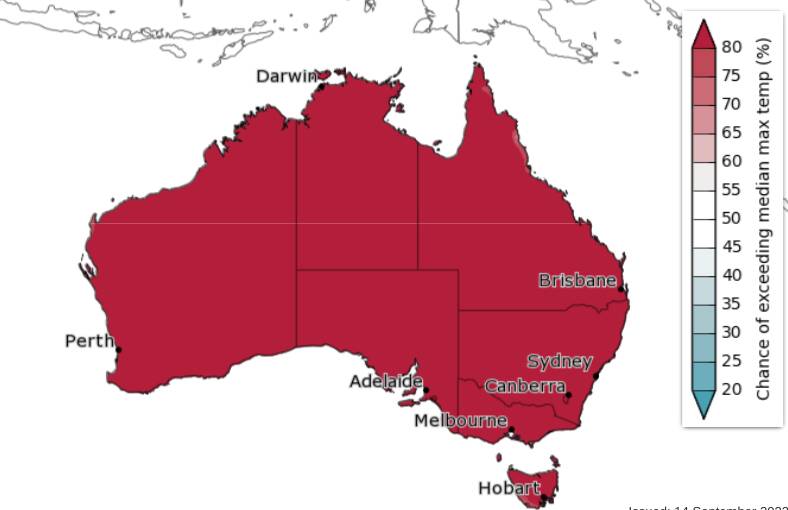
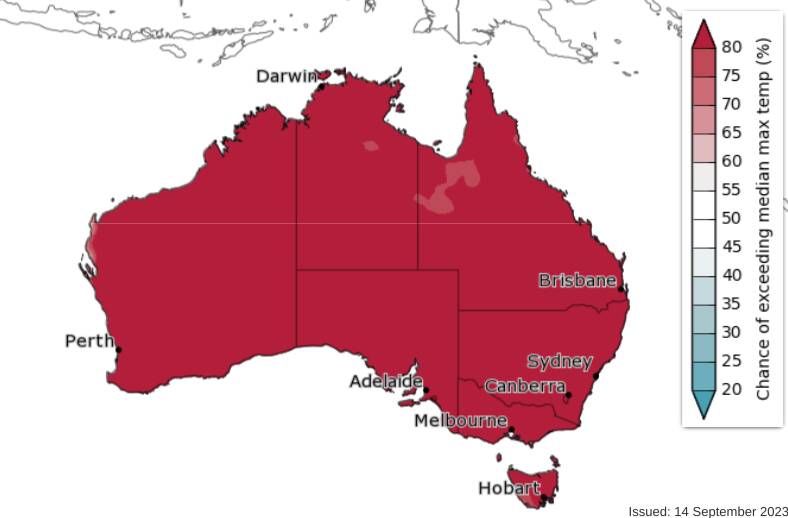
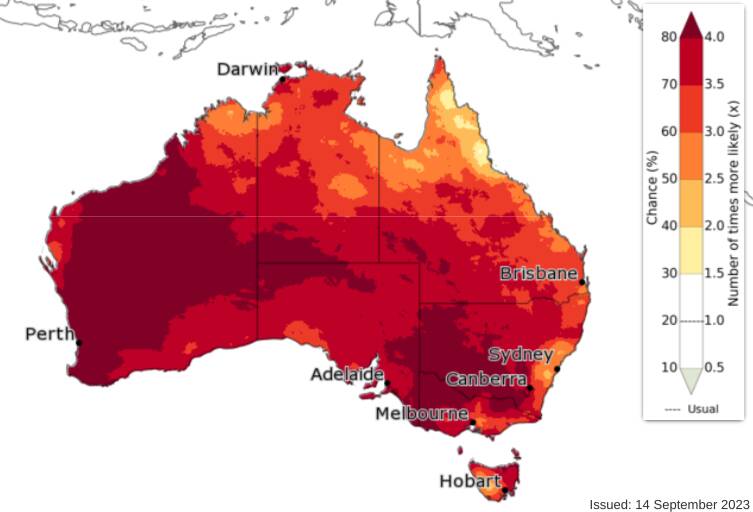
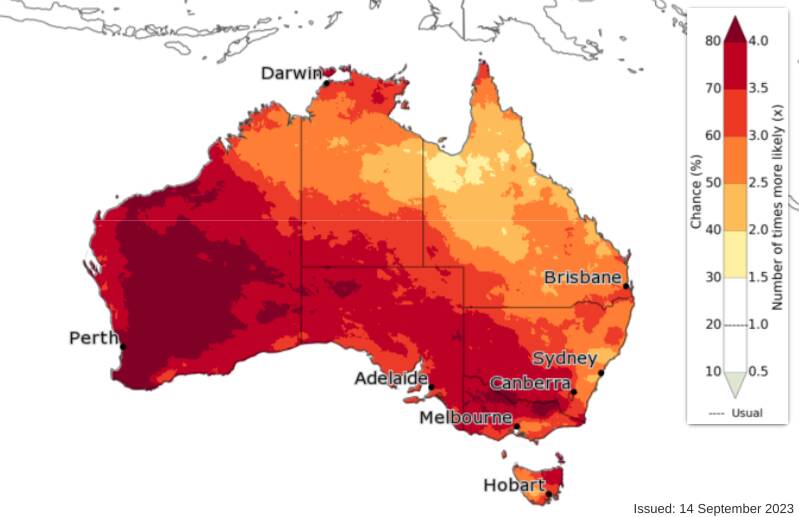


The maps show south-west Victoria is perhaps the region likely to be worst affected by the combination of low rainfall and above average temperatures.
Looking specifically at the Warrnambool area, the Bureau said there was a 0 per cent chance of below average temperatures through spring and early summer, with a 92 per cent chance it's hotter than average and an 83 per cent chance it's unusually hot.
Prepare now
After several La Nina years of mild summers and above average rainfall, farmers in the south-west have had to shift gear ahead of the coming summer.
Food and Fibre Great South Coast chair Oonagh Kilpatrick said preparation was the key to surviving long periods of dry, hot weather.
"The message has to be: plan now if you haven't already," Ms Kilpatrick said.
"It's up to us as food and fibre growers to build resilience into our processes. You have to be prepared for the worst."
Ms Kilpatrick said farmers should be talking to their business partners, bankers, agronomists and other experts to work out how much grain and dry fodder they had to get, as well as other changes they would need to make to build resilience.
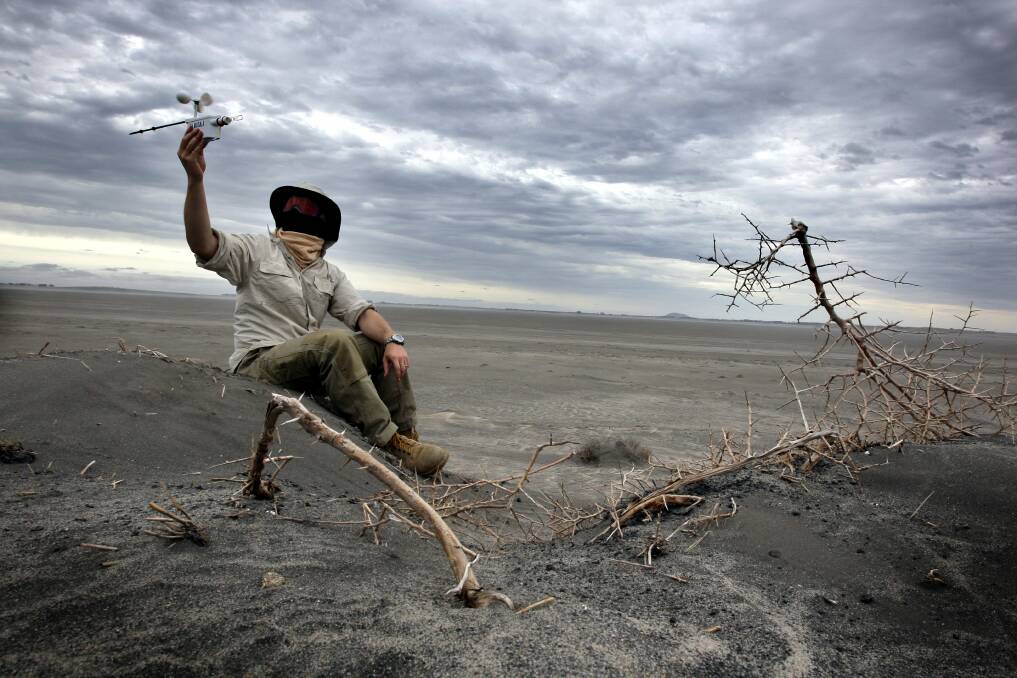
"With dairy the key has got to be the welfare of animal, because if it's stressed it's not producing. That means ensuring they're in irrigated paddocks, that there are misters to cool them when they come into the yards, everything to make them as comfortable as possible," she said.
"You're going to be spending more on things like fodder, so it will be tempting to cut costs, but animal welfare is key, because if they suffer it'll mean extra costs and lost revenue.
"The last thing you want is to lose money when you're spending more."
Cavendish beef and sheep producer Johnny Gardner said farmers had "known for months that a warmer drier spring and summer would be on the cards" and should be prepared.
"With climate change this El Nino is likely to be hotter and drier than average," Mr Gardner said.
"As farmers you have to prepare for everything. We have known this is coming. We are coming out of a great winter but we are definitely starting to dry up now."
Mr Gardner said forward planning was especially important for livestock growers, who had less margin for error right now than some other farmers because the meat market had softened.
"The real challenge is when (these conditions) align with challenging livestock prices," he said.
"Adaptability takes years to plan. Currently we have worked towards building our fodder reserves, map our dry matter covers monthly, have a flexible stocking rate, stock containment areas and ensuring clear decision making with our business advisory team."
Heating waters
The dry, hot conditions will have a stark impact on land but what's often overlooked is the toll El Nino conditions can have on Australia's rivers, lakes and coastal waters.
Deakin University associate professor of ecotoxicology Julie Mondon said drought and heatwaves could quickly create deadly conditions in south-west rivers and estuaries.
"When that water temp increases in rivers and estuaries going out to sea you get a reduction in the oxygen in the water," Professor Mondon said.
"That can lead to hypoxic conditions where there's very little oxygen in the water and the fish and other organisms don't have anywhere else to go.
"Many of the estuaries are closed in summer, so you get stratification that occurs when the top fresh layer loses oxygen quite quickly and those organisms are very susceptible."
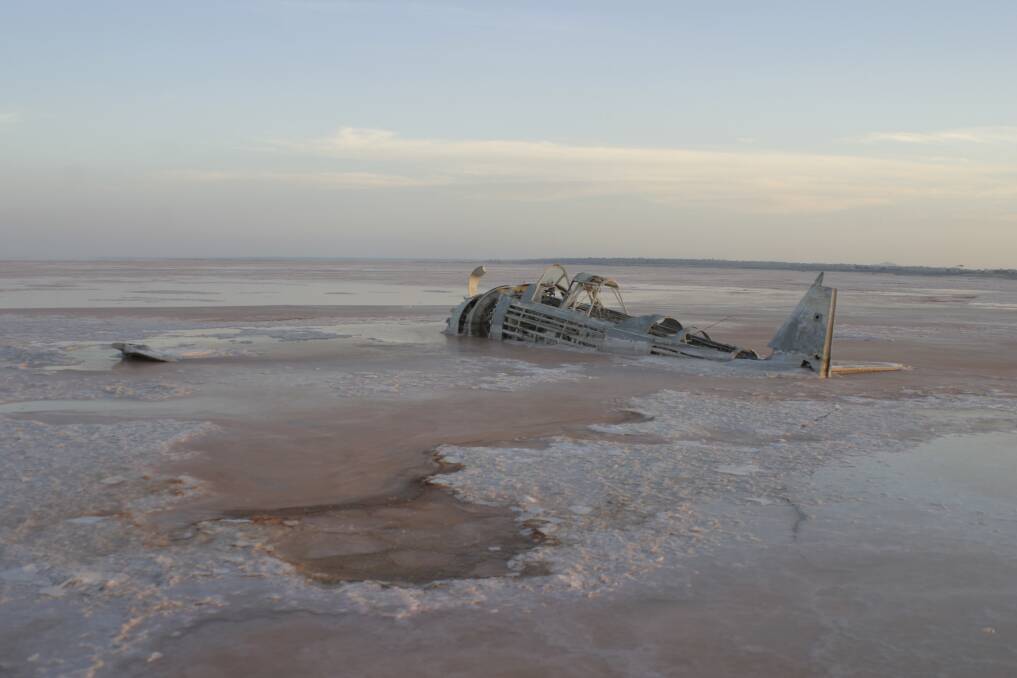
Several south-west rivers have suffered devastating fish kills in the past couple of years even without the extreme conditions forecast for the coming summer. Professor Mondon said heatwave conditions could spell trouble for these ecosystems.
"What you really don't want is these heatwaves that are more like a blob, just sitting there," she said.
"There was an example up in Western Australia not long ago when a heat wave sat on the coastline and there were massive kills of organisms of all types."
Professor Mondon said further inland waterholes and freshwater lakes could also dry up or become uninhabitable.
"Lake Gnarpurt completely dried up last El Nino," she said.
"This has knock-on effects for other animals too. Waterbirds flying from the Northern Hemisphere may find the wetlands they use have dried up or diminished.
"It's really about thinking not just about ourselves as humans but for animals living on beaches or rockpools, or estuaries, areas that are rapidly warming. These are whole ecosystems that could be vulnerable, we need to think about this."
IN OTHER LOCAL NEWS:
Our journalists work hard to provide local, up-to-date news to the community. This is how you can access our trusted content:
- Bookmark https://www.standard.net.au/
- Make sure you are signed up for our breaking and regular headlines and newsletters
- Follow us on Facebook, Twitter, Instagram and LinkedIn
- Tap here to open our Google News page
- Join our Courts and Crime Facebook group and our dedicated Sport
- Facebook group
- Subscribe















